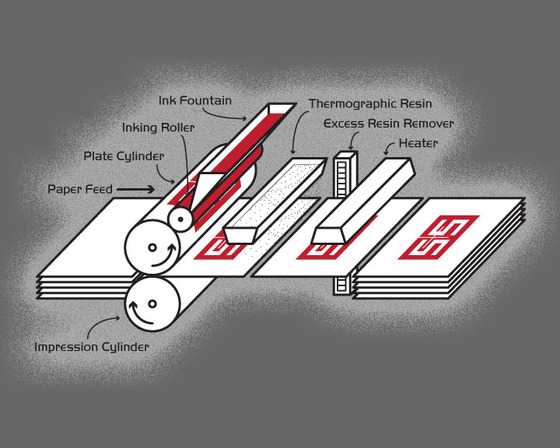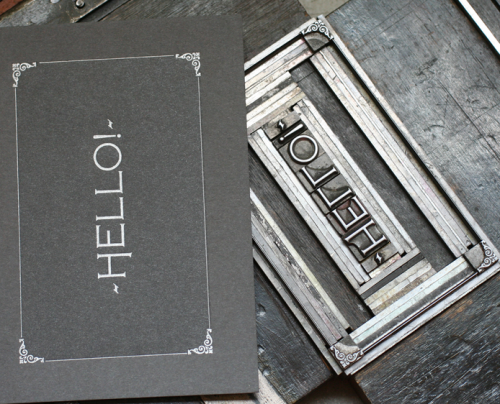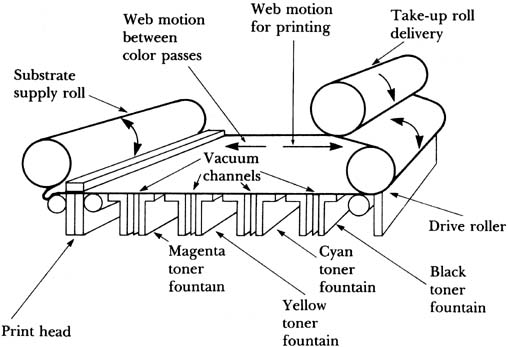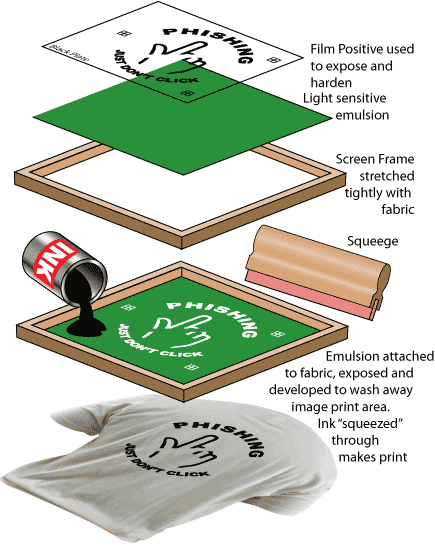It’s easy to forget about printing in the digital age, after all, most work happens online, in word processors and emails, and less and less happens on printed paper. Though you may notice it less often, print is still popular, from magazine pages to business cards to flyers and more. Understanding the different types of printmaking available can help you in your business or personal life when you finally find a need for the printed word. Here’s a quick overview of what’s going on in printing.
Thermographic Printing
This beautiful method of printing creates a raised or embossed look to the words, which makes it ideal for special occasions like weddings or important business letterheads. Thermographic printing, as the name suggests, uses heat to lift the words off the paper, either using a ribbon or a special dye coating on the sheet, though sometimes a powder is used.
Offset Lithography
Inexpensive, high quality and fast, this is a popular method of printing for publishers. Roller plates, which are readily available, are run first through water and then through ink. The ink sticks to the letters and images that are raised, while the water coats the flat recessed areas around the images and words. The rollers run across a rubber plate and that plate presses against a paper. Although fast and cheap, there’s no room for changes once the plates have been made.
Letterpress
The original and most famous type of printing, as invented by Gutenberg, is letterpress printing. Like offset lithography, the ink adheres to the raised images and not to the recessed areas. The plate is then pressed against the paper. Though it’s the original style, the many improvements now available have made it a relatively obsolete process in the modern world.
Electrostatic Printing
Eschewing inks and plates entirely, the electrostatic printing process sounds futuristic, but it was in fact developed back in 1778. It’s essentially a dry photocopying style where the zinc oxide-coated paper acts as a conductor when exposed to light (and an insulator in the dark). Popular with cartographers, this style isn’t used for much besides mapmaking, though it is faster than an inkjet!
Engraving
Slow and pricey but with a certain undeniable gravitas, engraving is the go-to option for respectable institutions and Fortune 500 companies who want to impress. Images are printed and carved to form raised areas and recesses, and each one is individually made. The result is extraordinarily beautiful, which makes it nice for logos and invitations.
Screen Printing
You may think of this as the last bastion of t-shirt graphics, but screen printing works for printed paper as well as fabrics, metals, plastic and glass. Screen printing is extremely versatile, the ink is squeezed through a mesh film to form an image, and it isn’t limited to any specific size. Modern improvements make it possible to do large runs that have incredibly accurate colors and sharp lines. It’s a great option for art prints, flyers and, of course, t-shirts.





